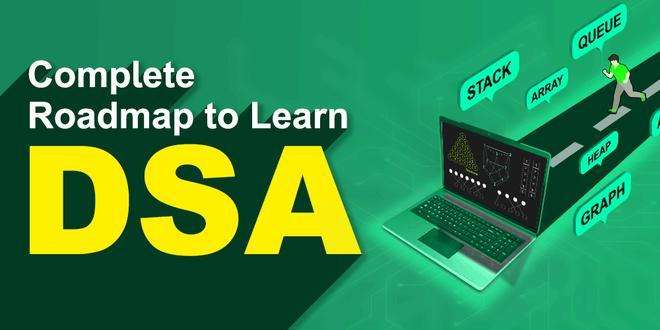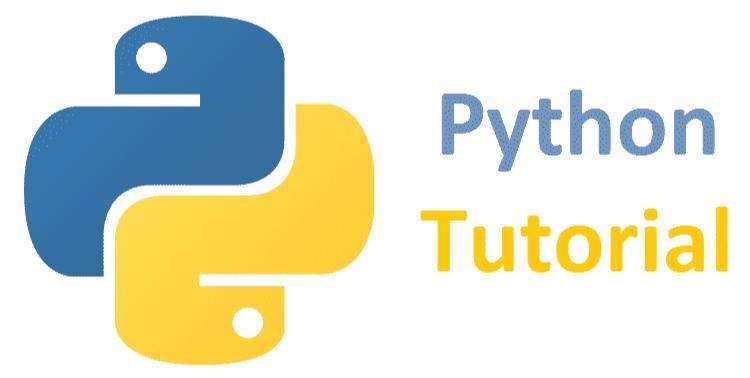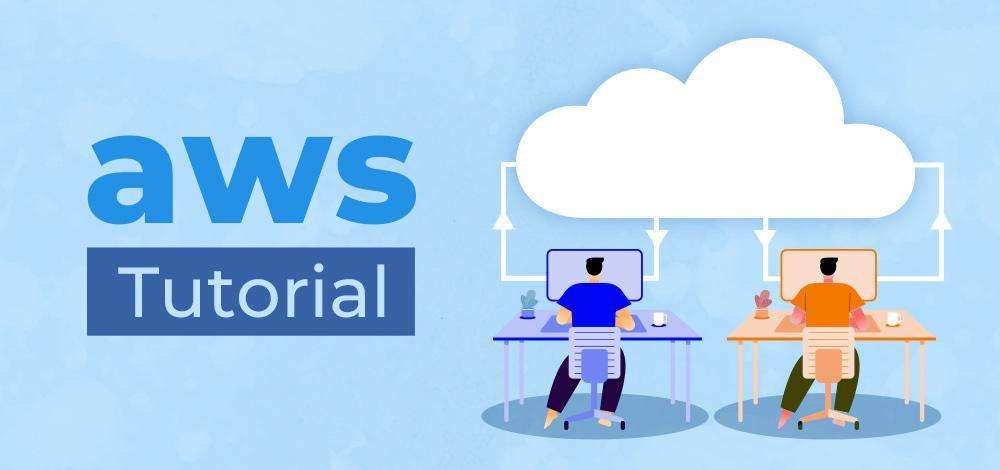
Embarking on the journey to master Data Structures and Algorithms (DSA) is a pivotal step in becoming a proficient programmer.
Nowadays, we use a lot of different programs and apps that help us keep track of all the information we have. The way these programs sort and keep this information safe is very important. This sorting and keeping is done by something we’ll call DSA( Data Structures and Algorithms) in short. Many people really want to get good at making and taking care of these programs. They start by planning out how they’re going to learn all about DSA step by step.
This comprehensive guide is designed to provide you with a structured path to learn DSA from the ground up.
The 5 steps to Learn DSA from Scratch
Here’s a simple way to understand how to start learning DSA from the very beginning, broken down into five steps:
1. Pick a programming language you like.
2. Understand how fast and how much space your code needs (speed and size).
3. Get to know the basic building blocks of programs and how they work together.
4. Keep practicing over and over.
5. Join competitions to test your skills and get better.

To begin with data structures and algorithms, it’s essential to have a way to write and use them. Here’s a simple guide to get started:
1. Start by learning a programming language– this is how you’ll write and use data structures and algorithms.
2. Learn about program complexity – this helps you understand how efficient your programs are.
3. With these basics down, you can dive into learning data structures and algorithms. Make sure to practice often and take part in coding challenges to improve and test your skills.
We’ll go over each of these steps in more detail in the next parts.
Step 1: Learn at Least One Programming Language
Begin your journey by learning at least one programming language. Whether it’s Python, Java, C++, or any other language, having a solid foundation in programming syntax and paradigms is essential. This will be the tool through which you’ll implement data structures and algorithms.
Before you dive into coding, it’s important to get familiar with the language’s basics. Here’s a simple breakdown:
- Learn the basic syntax– This is like learning the alphabet before you can write.
- Understand data types and variables– These are the nouns of the language, the things you work with.
- Get to know operators– They’re like verbs, they let you do things with your data.
- Practice using conditional statements and loops– These are like sentences that let your program make decisions and repeat actions.
- Explore functions – They’re like full paragraphs, doing specific tasks in your code.
- Optionally, look into OOP (Object-Oriented Programming) – This is a way of organizing your code like a story, with characters (objects) that have traits (attributes) and actions (methods).
We’ve put together a complete beginner’s course to help you start learning the programming language you choose. It’s designed to guide you through these fundamentals step by step.
Here’s a list of programming languages courses that are commonly available:
4. JavaScript Programming Course
5. HTML/CSS Programming Course
7. Swift Programming Course (for iOS development)
8. Kotlin Programming Course (for Android development)
These are just some of the popular programming languages, and there are many more specialized courses available depending on your interests and needs.
Step 2: Learn about Complexities
Complexity analysis is crucial for evaluating the efficiency of algorithms. Understanding Big O notation, which describes the time and space complexity, will allow you to write code that scales well with increasing data sizes.
This is a key part of learning DSA, which is understanding how well your program works. This is known as complexity and it comes in two types:
1. Time Complexity: This tells you how long it takes for your code to run.
2. Space Complexity: This tells you how much memory your code uses to run properly.
You might also hear about Auxiliary Space. This is the extra memory your program uses, not counting the memory used by the data you’re working with.
These complexities depend on how much data you’re using. But the time it takes to run code can change based on:
- How many steps the program takes,
- How fast your computer or device is, and
- How quickly data moves, especially if you’re using the internet.
So, how do we figure out which program is more efficient? We use something called asymptotic notation. This is a way to guess how long your code will take based on how much data you have. It doesn’t care about the small details that change from one computer to another. It just looks at the big picture of what your program does.
Here are three common types of asymptotic notation:
Big-O Notation (Ο): This tells you the longest time your code could take.
Omega Notation (Ω): This tells you the shortest time your code could take.
Theta Notation (θ): This gives you an idea of the average time your code might take.

The most used notation in the analysis of a code is the Big O Notation which gives an upper bound of the running time of the code (or the amount of memory used in terms of input size).
Step 3: Learn Data Structure and Algorithms
Now we’ve reached the most exciting part of our learning path – getting to know about DSA. This area is made up of two main parts:
1. Data Structures: These are like the different types of containers we use to keep our information organized.
2. Algorithms: These are the step-by-step instructions that tell our programs how to solve problems.
Even though data structures and algorithms are separate concepts, they work very closely together. It’s really important to learn them in a way that makes sense. We’ll start by understanding one data structure at a time and then learn the key algorithms that go with it. This way, we can build our knowledge step by step.
Here is the flow of learning a data structure and then the most related and important algorithms used by that data structure.

1) Array
Start with arrays, the simplest and most widely used data structure. They are fundamental to understanding how data is stored and accessed sequentially.
2) String
Strings are arrays of characters. They are used in almost every program and understanding string manipulation is key.
3) Linked List
Move on to linked lists, which offer dynamic memory allocation and efficient insertion and deletion operations.
4) Searching Algorithm
Learn searching algorithms like linear and binary search to retrieve data efficiently.
5) Sorting Algorithm
Sorting is pivotal, so grasp sorting algorithms such as bubble, selection, and quicksort.
6) Divide and Conquer Algorithm
Understand the divide and conquer strategy, which breaks down problems into manageable sub-problems.
7) Stack
Explore stacks, useful for managing data in a Last In, First Out (LIFO) manner.
8) Queue
Understand queues, which manage data in a First In, First Out (FIFO) order.
9) Tree Data Structure
Study tree data structures like binary trees, AVL trees, and B-trees for hierarchical data representation.
10) Graph Data Structure
Dive into graph data structures to represent and traverse complex networks.
11) Greedy Methodology
Learn the greedy methodology for solving problems by choosing the best option at every step.
12) Recursion
Master recursion, a method where the solution to a problem depends on solutions to smaller instances of the same problem.
13) Backtracking Algorithm
Understand backtracking algorithms for finding all (or some) solutions to problems by trying to build a solution incrementally.
14) Dynamic Programming
Finally, tackle dynamic programming, which solves problems by breaking them down into simpler sub problems and storing their solutions.
Step 4: Practice, Practice, and Practice More
Practice is key. Implement what you’ve learned by solving problems on platforms like LeetCode, HackerRank, and Codeforces.
With this, we have completed the basics of major Data structure and Algorithms, and now it’s time to try our hands on each of them.
For practicing problems on individual data structures and algorithms, you can use the following links:
- Practice problems on Arrays
- Practice problems on Strings
- Practice problems on Linked Lists
- Practice problems on Searching algorithm
- Practice problems on Sorting algorithm
- Practice problems on Divide And Conquer algorithm
- Practice problems on Stack
- Practice problems on Queue
- Practice problems on Tree
- Practice problems on Graph
- Practice problems on Greedy algorithm
- Practice problems on Recursion algorithm
- Practice problems on Backtracking algorithm
- Practice problems on Dynamic Programming algorithm
You can also try to solve the most asked interview questions based on the list curated by us at:
- Must-Do Coding Questions for Companies
- Top 50 Array Coding Problems for Interviews
- Top 50 String Coding Problems for Interviews
- Top 50 Tree Coding Problems for Interviews
- Top 50 Dynamic Programming Coding Problems for Interviews
Step 5: Compete and Become a Pro
Compete in coding challenges to test your skills under pressure and learn from others. Now it is time to test out your skills and efficiency. The best possible way is to compete with others. This will help you find out your position among others and also give you a hint on the areas you are lacking. Look for online competitions to engage and compete in learning DSA.
To learn more about where to compete, you can refer to our detailed article;
Top 15 Websites for Coding Challenges and Competitions.
Tips to Boost Your Learning
- Learn the fundamentals of your chosen language properly.
- Get a good grasp of complexity analysis.
- Focus on logic building rather than just coding.
- Don’t worry if stuck on a problem; it’s part of the learning process.
- Be consistent with your practice.
Conclusion
Is that all you need to become great at Data Structures and Algorithms, to go from a beginner to an expert? If you’ve followed the learning path we laid out, then yes, you’re on your way. You’ve begun the journey, gained knowledge, practiced a lot, and even tested your skills in competitions. You can proudly say you’re skilled in DSA.
Remember, learning never stops. Just like space keeps going on forever, there’s always more to learn. So, keep practicing, stay curious, and keep challenging yourself with new contests, ideas, and issues. That’s how you’ll keep growing and stay sharp in DSA.
The roadmap to learning DSA is a marathon, not a sprint. By following these steps and tips, you’ll be well on your way to becoming a DSA expert. Remember, the key to mastery is consistent practice and a never-give-up attitude. Start your journey today and unlock the limitless potential of programming.
RELATED ARTICLES
- Data Structures and Algorithms (DSA) complete Course Tutorial
- Best Data Structures and Algorithms(DSA) Courses for Java Developers [2024]
- Best Free Data Structures and Algorithms Complete Course Step by Step Using Java
- Free Data Structures and Algorithms (DSA)Complete Course Guide using C++
- Free Data Structures and Algorithms(DSA) Using Python Complete Course Step by Step










quos est nemo sint. ut cupiditate et ea nostrum sint consequatur eum.
magnam facere commodi id facilis fuga commodi ipsa. quasi alias eum a optio quia assumenda et error. veniam est non ut aut in aut.
Your method of telling everything in this piece of writing is in fact good, all can without
difficulty be aware of it, Thanks a lot.
non perspiciatis placeat deserunt nihil laudantium maiores quibusdam non aspernatur modi libero quia dolor. quia quas velit suscipit sit cupiditate nam veniam hic voluptatem iusto consequatur aliquid
Hi to every , since I am truly keen of reading
this weblog’s post to be updated regularly. It includes
fastidious information.
ipsam debitis ipsa qui perspiciatis assumenda aut. rerum tenetur et facilis officiis fugit et. sed cupiditate alias et in voluptas quam et quos mollitia voluptas architecto a molestias earum vitae. es